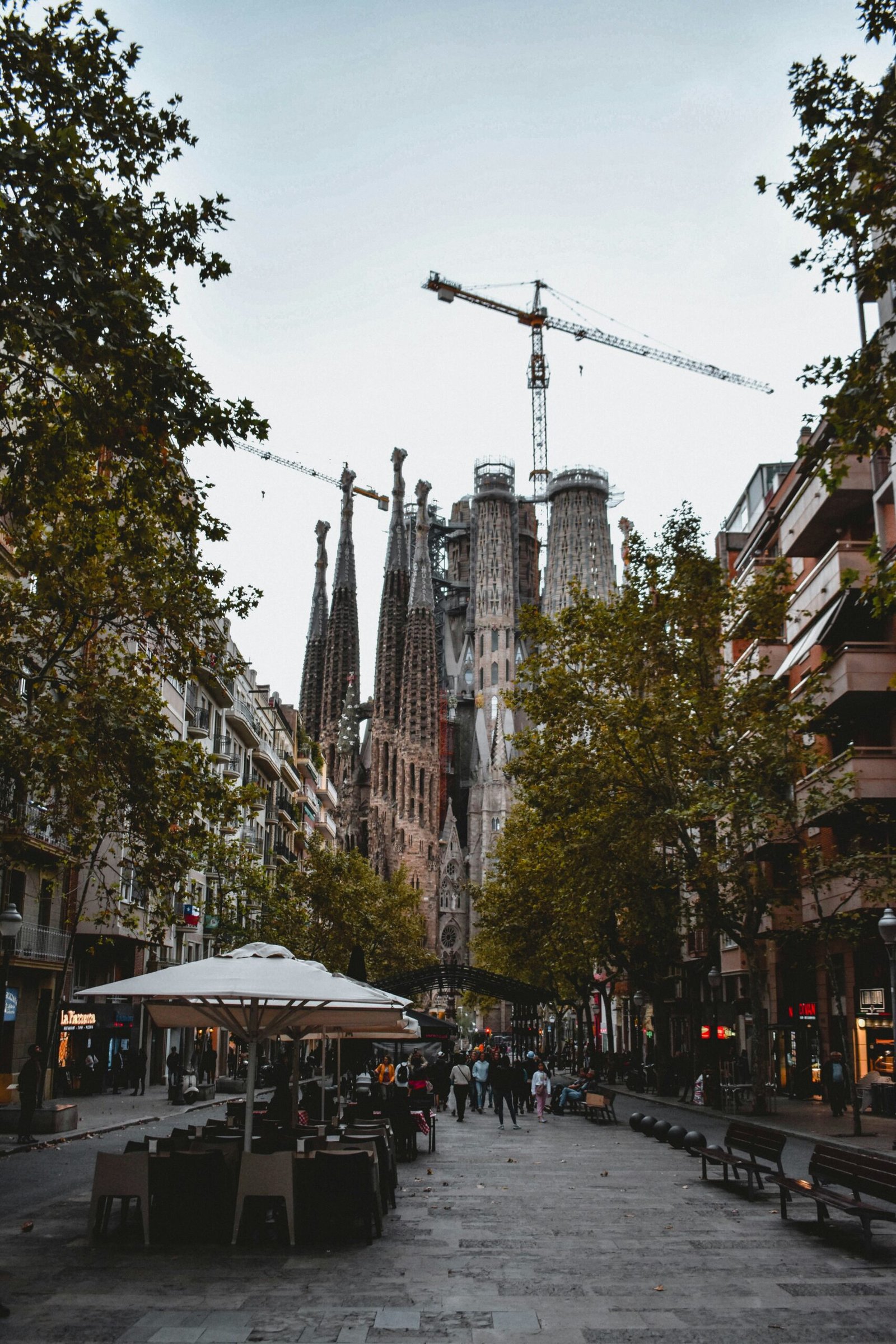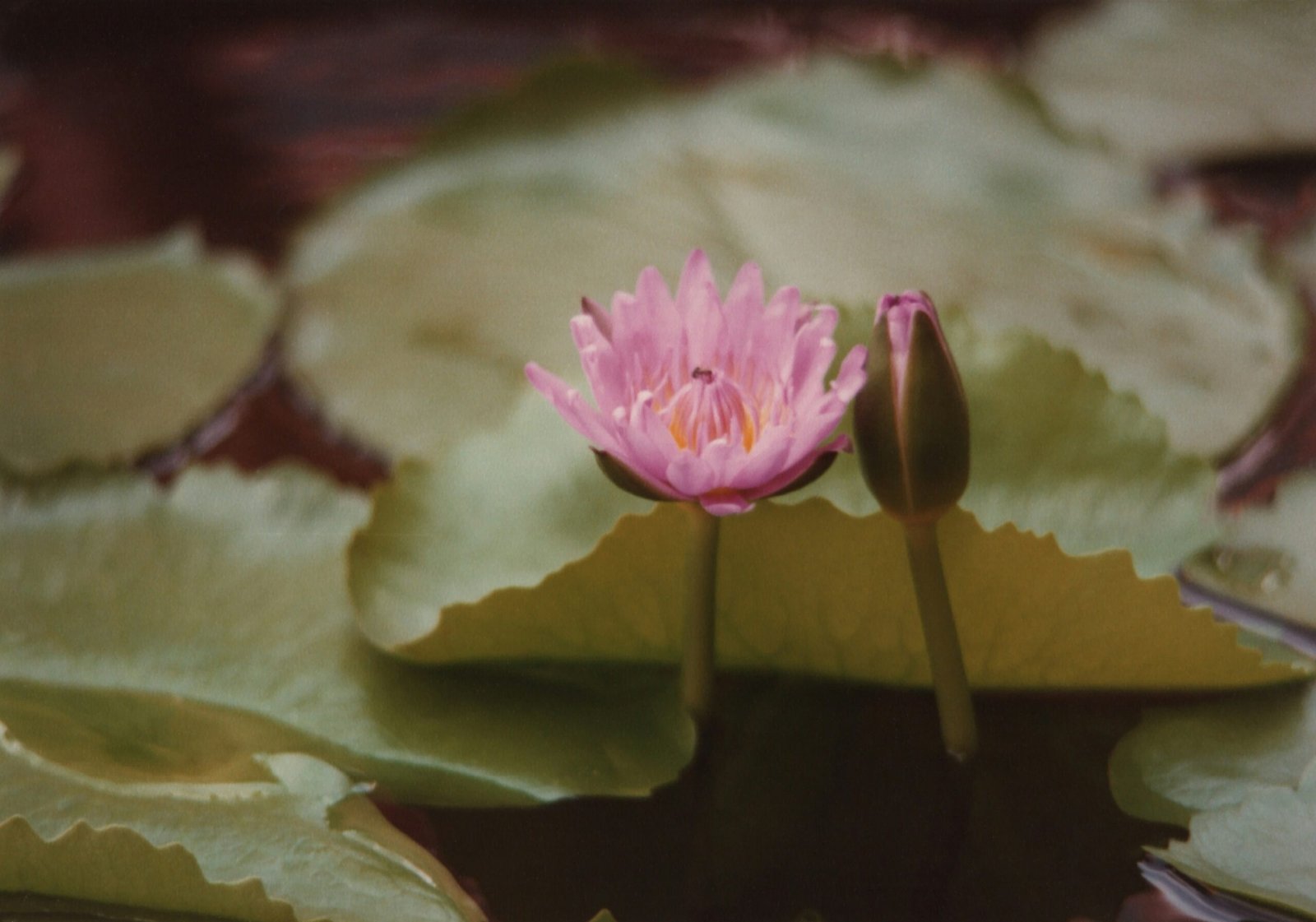
La Sagrada Familia is a truly remarkable work of art that showcases Gaudí’s unique architectural style. The basilica is a fusion of Gothic and Art Nouveau elements, creating a one-of-a-kind design that is both intricate and awe-inspiring. From the moment you lay eyes on its towering spires and intricate facades, you can’t help but be captivated by its grandeur.
Construction and Design
Construction of La Sagrada Familia began in 1882 and is still ongoing to this day. Gaudí dedicated the last years of his life to this project, pouring his heart and soul into every detail. It is said that he once commented, “My client is not in a hurry.” This sentiment is reflected in the meticulous craftsmanship and attention to detail that can be seen in every corner of the basilica.
One of the most striking features of La Sagrada Familia is its towering spires, which reach up to 170 meters in height. Each spire is intricately adorned with sculptures depicting biblical scenes and figures, adding to the religious significance of the basilica. As you walk around the exterior, you can’t help but be mesmerized by the level of detail and the sheer magnitude of the structure.
The Interior
Step inside La Sagrada Familia, and you will be greeted by a breathtaking interior that is unlike anything you have ever seen. The nave is bathed in natural light that streams through the stained glass windows, creating a mesmerizing display of colors that dance across the stone surfaces. The columns that support the vaulted ceiling resemble trees, creating a sense of being in a mystical forest.
Ongoing Construction
One of the most fascinating aspects of La Sagrada Familia is the ongoing construction. Despite being under construction for over a century, the basilica continues to evolve and grow. The completion of the project is estimated to be in 2026, marking the centenary of Gaudí’s death. To witness the construction firsthand is to witness a living legacy, a testament to Gaudí’s vision and the dedication of countless craftsmen and architects who have worked on the project over the years.
Visiting La Sagrada Familia
Visiting La Sagrada Familia is an experience that will leave you in awe. It is not just a building; it is a testament to human creativity, perseverance, and devotion. Whether you are an architecture enthusiast or simply appreciate beauty, a visit to La Sagrada Familia is an absolute must when in Barcelona.
Symbolism and Design
La Sagrada Familia is not only a testament to Antoni Gaudí’s architectural genius but also a symbol of Barcelona’s rich cultural heritage. The idea for this magnificent basilica was conceived by a bookseller named Josep Maria Bocabella, who wanted to build a church dedicated to the Holy Family. Bocabella founded the Spiritual Association of Devotees of Saint Joseph and initiated the construction of the church in 1882.
However, it was Gaudí who truly brought Bocabella’s vision to life. When Gaudí took over as the lead architect in 1883, he made significant changes to the original design, incorporating his signature style of Catalan Modernism and Gothic Revival. Gaudí was deeply inspired by nature, and this is evident in every aspect of the basilica’s design. From the towering spires that resemble trees reaching towards the sky to the intricate details that mimic the organic forms found in nature, La Sagrada Familia is a true masterpiece of architectural innovation.
Challenges and Setbacks
Unfortunately, the construction of La Sagrada Familia has been fraught with challenges and setbacks. One of the major obstacles was the Spanish Civil War, which erupted in 1936 and lasted until 1939. During this time, the construction site was vandalized and many of Gaudí’s original plans and models were destroyed. The war also led to a shortage of resources and funding, further delaying the progress of the basilica.
Despite these setbacks, La Sagrada Familia has persevered and continues to be a work in progress. The construction is entirely funded by private donations and the revenue generated from ticket sales, making it a true labor of love for the people of Barcelona and Gaudí enthusiasts around the world. The current estimated completion date is set for 2026, which will mark the centenary of Gaudí’s death.
Interior Beauty
As you walk through the interior of La Sagrada Familia, you can’t help but be in awe of the intricate details that adorn every surface. The columns that branch out like trees are not just simple supports, but rather works of art in their own right. Each column is uniquely designed, with intricate carvings and motifs that reflect the natural world. Some columns take the form of twisting vines, while others resemble the trunks of ancient trees, their bark etched with delicate patterns.
The ceiling of the basilica is equally as impressive. The canopy of leaves that stretches above you seems to be alive, as if a gentle breeze is rustling through the branches. The play of light filtering through the stained glass windows adds another layer of enchantment to the space. The colors dance and shift throughout the day, casting a warm glow that bathes the interior in a magical ambiance.
As you continue your journey through the basilica, you’ll come across the beautiful chapels dedicated to different saints. Each chapel is a small sanctuary within the larger space, adorned with exquisite sculptures and artwork. The craftsmanship on display is extraordinary, with every detail meticulously executed. From the delicate brushstrokes on a painting to the intricate carvings on a statue, it is clear that no element has been overlooked.
The high altar, positioned at the end of the central nave, is a sight to behold. The crucifixion scene depicted is a masterful work of art, with every figure and detail rendered with precision and emotion. The altar is bathed in a soft, golden light, creating a sense of reverence and spirituality.
As you take in the interior of La Sagrada Familia, it becomes apparent that Gaudí’s vision was not just to create a place of worship, but to create a space that transcends the ordinary. The attention to detail, the innovative design, and the sheer beauty of the interior combine to create an experience that is truly extraordinary. It is a testament to Gaudí’s genius and his ability to push the boundaries of architecture.
Tips for Visiting
1. Plan for Sufficient Time
When visiting La Sagrada Familia, it’s important to plan for sufficient time to fully explore and appreciate this magnificent basilica. The sheer size and intricacy of the architecture will leave you in awe, so make sure you allocate enough time to take it all in.
Depending on your level of interest, a visit to La Sagrada Familia can easily take a few hours. From admiring the stunning stained glass windows to marveling at the intricate details of the facades, every corner of the basilica offers something unique to discover.
Consider starting your visit early in the morning to avoid the crowds and have more time to explore at your own pace. This will also give you the opportunity to capture some beautiful photos without too many people in the background.
2. Understand the Symbolism
La Sagrada Familia is not just an architectural masterpiece; it is also filled with symbolism that tells a story. Taking the time to understand the symbolism behind the design and decorations will greatly enhance your visit.
Each facade of the basilica represents a different phase of Christ’s life, and the intricate details on the towers and columns have deeper meanings. From the Nativity facade depicting the birth of Jesus to the Glory facade representing the end of times, every element has been carefully thought out.
Consider reading a guidebook or listening to an audio guide to learn more about the symbolism before your visit. This will allow you to fully appreciate the significance of the basilica’s design and the vision of its architect, Antoni Gaudí.
3. Attend a Service or Concert
If you’re interested in experiencing La Sagrada Familia in a different light, consider attending a service or concert. The basilica regularly hosts religious services and musical performances, providing a unique opportunity to witness the beauty of the space in a spiritual or cultural context.
Attending a service allows you to see the basilica come alive with the sound of the choir and organ, while a concert showcases the acoustics of the space. Keep in mind that these events may require separate tickets or reservations, so be sure to plan accordingly.
By following these tips, you’ll be able to make the most of your visit to La Sagrada Familia and create lasting memories of this architectural marvel. Whether you’re an art enthusiast, history buff, or simply a traveler seeking unique experiences, a visit to this iconic basilica is sure to leave a lasting impression.
Innovative Design and Materials
In addition to its spires and facades, the overall design of La Sagrada Familia is characterized by its use of natural elements. Gaudí drew inspiration from the shapes and forms found in nature, incorporating them into the architecture of the basilica. For example, the columns inside the basilica resemble tree trunks, branching out at the top to support the weight of the structure. This organic design creates a sense of harmony and unity with the surrounding environment.
Another notable aspect of the architecture is the use of innovative materials. Gaudí was known for pushing the boundaries of construction techniques and materials, and La Sagrada Familia is no exception. The basilica features a combination of traditional materials such as stone and brick, as well as more modern materials like reinforced concrete. Gaudí’s innovative use of these materials allowed for the creation of intricate and complex structures that would have been impossible to achieve with traditional methods.
Furthermore, Gaudí’s attention to detail is evident throughout the basilica. Every aspect of the design, from the smallest ornament to the overall layout, was carefully considered and meticulously crafted. This level of detail is particularly evident in the stained glass windows, which were designed to create a mesmerizing play of light and color within the interior of the basilica. The windows feature a wide range of colors and patterns, each carefully chosen to enhance the overall aesthetic of the space.
Overall, La Sagrada Familia is a testament to Gaudí’s genius and his ability to create a structure that is both awe-inspiring and harmonious. The combination of its organic design, innovative use of materials, and meticulous attention to detail make it a true masterpiece of architectural brilliance. As the construction of the basilica continues, it will undoubtedly continue to captivate and inspire visitors from around the world for generations to come.



